40th Denver Film Festival by Kimbirly Orr, KIDS FIRST! Adult Reviewer
November 24th, 2017Th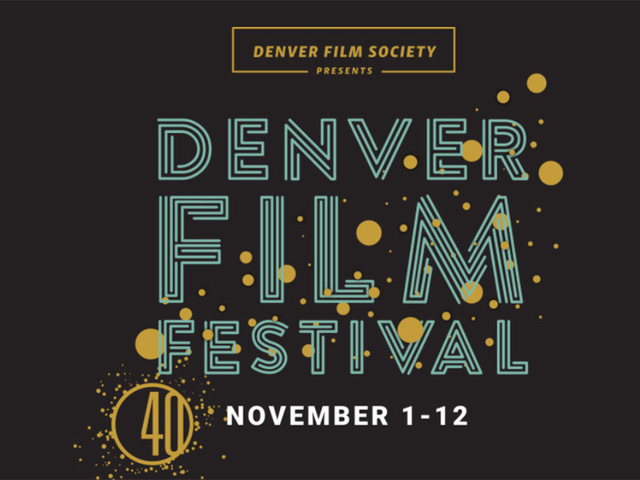 e Denver Film Society celebrated four decades while delivering 150+ films over twelve days, sponsored by 93 companies. The breadth of cinema selected entertained many and, as the non-profit Festival reported, ticket sales were up 20% over the 2016 Denver Film Festival. Denver’s annual Film Festival is indeed an international affair. Filmmakers attended from 56 countries and talented filmmakers, directors, producers and actors were on-hand to mix with film fans and discuss their films and passions.
e Denver Film Society celebrated four decades while delivering 150+ films over twelve days, sponsored by 93 companies. The breadth of cinema selected entertained many and, as the non-profit Festival reported, ticket sales were up 20% over the 2016 Denver Film Festival. Denver’s annual Film Festival is indeed an international affair. Filmmakers attended from 56 countries and talented filmmakers, directors, producers and actors were on-hand to mix with film fans and discuss their films and passions.
This event is about more than screening films. It is an es sential entertainment lover’s guide to what’s hot – from red carpets to late-night lounges, film shorts, live reads, virtual reality demos and real-world conversations around issues such as immigrants and refugee conversations. Specifically, the Film Festival partnered with organizations throughout Denver working to benefit the immigrants and refugees who have just started to call Colorado home.
sential entertainment lover’s guide to what’s hot – from red carpets to late-night lounges, film shorts, live reads, virtual reality demos and real-world conversations around issues such as immigrants and refugee conversations. Specifically, the Film Festival partnered with organizations throughout Denver working to benefit the immigrants and refugees who have just started to call Colorado home.
As the world becomes a digital entertainment hub, virtual reality, interactive mixed-media and immersive performance have been added to the festival and storytelling. The Denver Film Society also partnered with the University of Colorado Denver College of Arts & Media to showcase student films. It is always exciting to see new and exciting ways that talented artists are entertaining and inspiring audiences.
I had an opportunity to screen four films: Lady Bird, Molly’s Game, Chappaquiddick and I, Tonya. Of these films, Lady Bird was my favorite. Awards pundits are already wagging about Saoirse Ronan’s performance. The coming of age plot showcased the Mother-Daughter tie, strong wills and matriculation through teenage a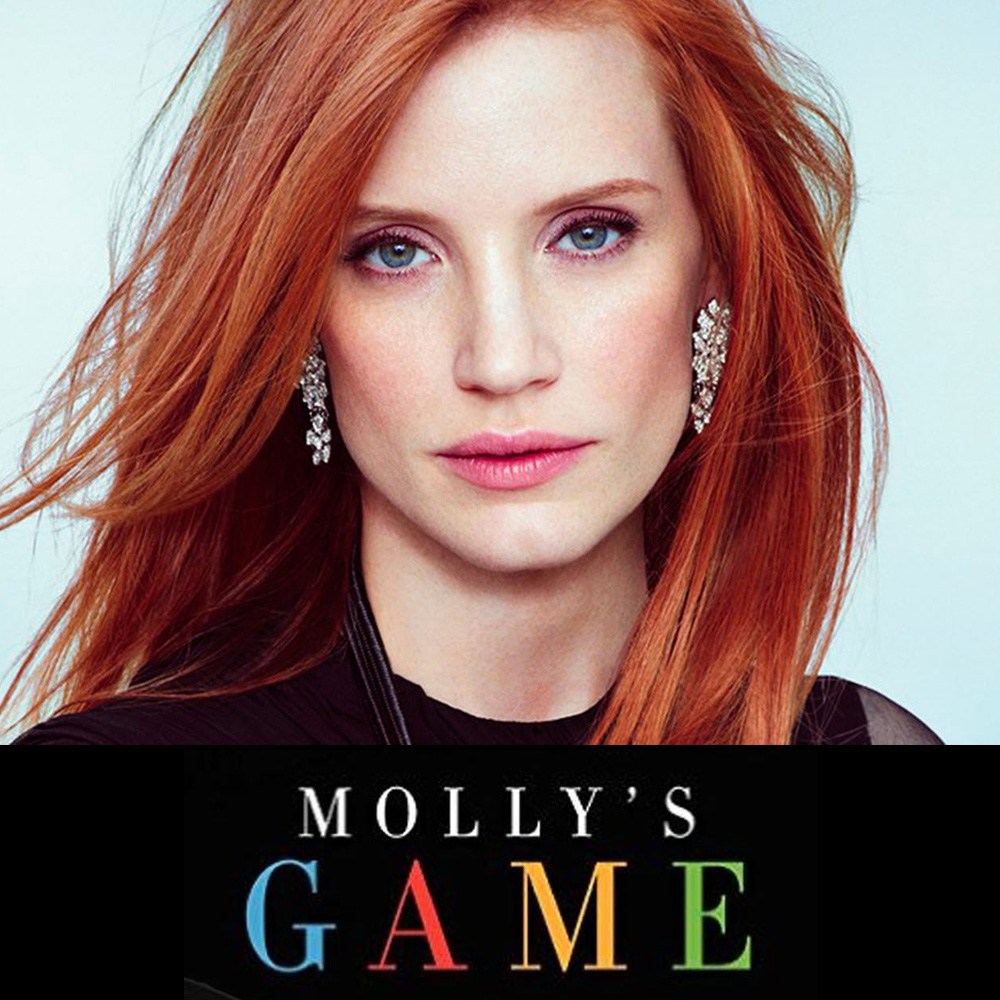 ngst. Ms. Ronan’s performance is amazing, as are the lessons she learns and shares along the way.
ngst. Ms. Ronan’s performance is amazing, as are the lessons she learns and shares along the way.
Molly’s Game is based on the true story of Colorado native, Molly Bloom, an Olympic hopeful whose injury derailed her Olympic dreams. Jessica Chastain portrays Molly and delivers a performance I hope will be rewarded with Best Actress. From athlete to entrepreneur, Molly ran the world’s most exclusive high-stakes poker game for a decade in Los Angeles and New York, before being arrested by the FBI. The narrative throughout the film was riveting.
I, Tonya was promoted as the Denver Film Festival Closing Night Red Carpet. O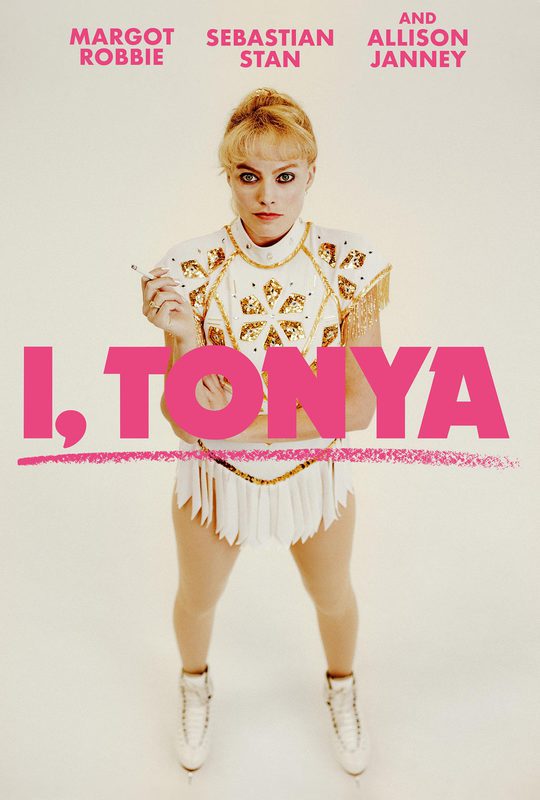 f the films I saw, this was my least favorite and weakest of the marquis selections. It did not captivate me. Real-life Olympian Tonya Harding’s character is presented as a tragic. For the first-time, I felt a lot of sympathy for Ms. Harding. While she was a champion on the ice, she did not have a champion in her life. Margot Robbie is believable and nearly unrecognizable as the disgraced figure-skater. Allison Janney portrays her mother and delivers a brilliant performance. This dark comedy, told documentary-style, is engaging. The constant smoking or extinguished cigarettes on ice skate blades was a big turn-off.
f the films I saw, this was my least favorite and weakest of the marquis selections. It did not captivate me. Real-life Olympian Tonya Harding’s character is presented as a tragic. For the first-time, I felt a lot of sympathy for Ms. Harding. While she was a champion on the ice, she did not have a champion in her life. Margot Robbie is believable and nearly unrecognizable as the disgraced figure-skater. Allison Janney portrays her mother and delivers a brilliant performance. This dark comedy, told documentary-style, is engaging. The constant smoking or extinguished cigarettes on ice skate blades was a big turn-off.
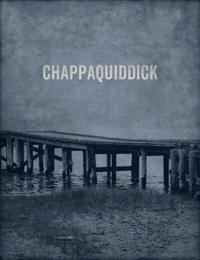 Screening Chappaquiddick near the anniversary of President John F. Kennedy’s assassination was a mind-meld. The reflections about JFK and the family’s staunch political mainstay were top of mind throughout a film presenting the infamous auto accident which derailed Ted Kennedy’s political aspirations. Jason Clarke portrays Ted Kennedy. Mr. Kennedy is portrayed as weak and controlled by his stroke-ridden father (Brice Dern), a very ill, older man. While the film does not sway the viewer about what happened one fateful night, it does showcase how tightly-knit the Kennedy clan was and the mystique which follows this beloved and politically astute family.
Screening Chappaquiddick near the anniversary of President John F. Kennedy’s assassination was a mind-meld. The reflections about JFK and the family’s staunch political mainstay were top of mind throughout a film presenting the infamous auto accident which derailed Ted Kennedy’s political aspirations. Jason Clarke portrays Ted Kennedy. Mr. Kennedy is portrayed as weak and controlled by his stroke-ridden father (Brice Dern), a very ill, older man. While the film does not sway the viewer about what happened one fateful night, it does showcase how tightly-knit the Kennedy clan was and the mystique which follows this beloved and politically astute family.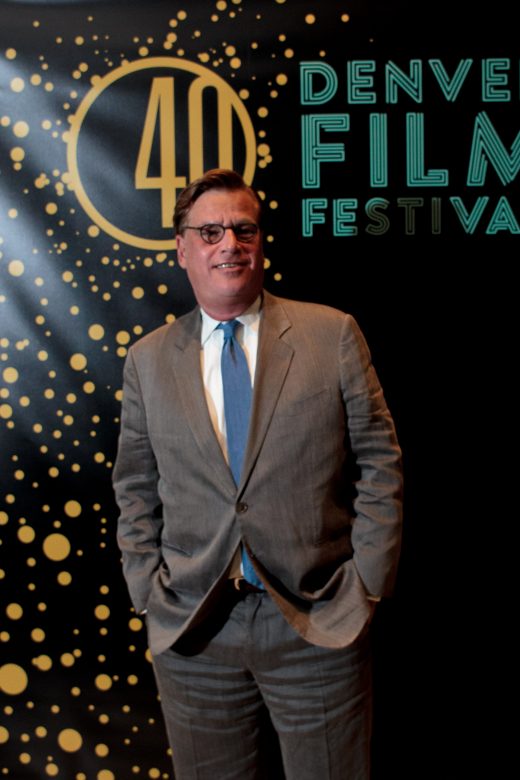
The Red-Carpet events seem to get better every year. The 2017 Denver Film Festival brought several household names to town including: Kyra Sedgwick, Director of Story Of A Girl (Directorial Debut); Aaron Sorkin, Writer and Director of Molly’s Game; Bill Pullman, Actor in Ballad Of Lefty Brown. Along with A-list talent, several after-parties were hosted including a benefit for Wish of a Lifetime, founded by Colorado-born Jeremy Bloom, following the screening Molly’s Game, a film based on his sister Molly’s life.
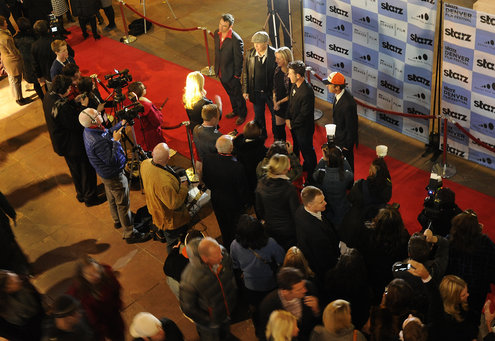
The Denver Film Festival published a fantastic film guide which delineates every synopsis and screening opportunity as well as special events, information about talent and more. The conversations about real-world topics, such as immigration, human trafficking and more were a new opportunity to connect with like-minded fans. A unique and fun addition included a Shakesp earean Star Wars read. Say what? True.
earean Star Wars read. Say what? True.
It’s worth it to take time off in November, fly to Denver and participate. Living the Film Festival is the best way to Fest in Denver! After 40 years, the event additions, exhibits, Red-Carpet events and parties continue to Wow and celebrate the entire gamut of the current entertainment scene.
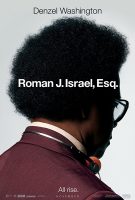 Roman J. Israel, Esq. is a dramatic thriller set in the underbelly of the overburdened Los Angeles criminal court system. Denzel Washington stars as Roman Israel, a driven, idealistic defense attorney who, through a tumultuous series of events, finds himself in a crisis that leads to extreme action. Colin Farrell costars as the monied, cutthroat lawyer who recruits Roman to his firm. KIDS FIRST! Juror, Juanita L. comments, “I love Denzel Washington as an actor, director and man. Denzel once again shows his excellent acting skills portraying a civil rights attorney who has worked behind the scenes for more than three decades.” See her full review below.
Roman J. Israel, Esq. is a dramatic thriller set in the underbelly of the overburdened Los Angeles criminal court system. Denzel Washington stars as Roman Israel, a driven, idealistic defense attorney who, through a tumultuous series of events, finds himself in a crisis that leads to extreme action. Colin Farrell costars as the monied, cutthroat lawyer who recruits Roman to his firm. KIDS FIRST! Juror, Juanita L. comments, “I love Denzel Washington as an actor, director and man. Denzel once again shows his excellent acting skills portraying a civil rights attorney who has worked behind the scenes for more than three decades.” See her full review below.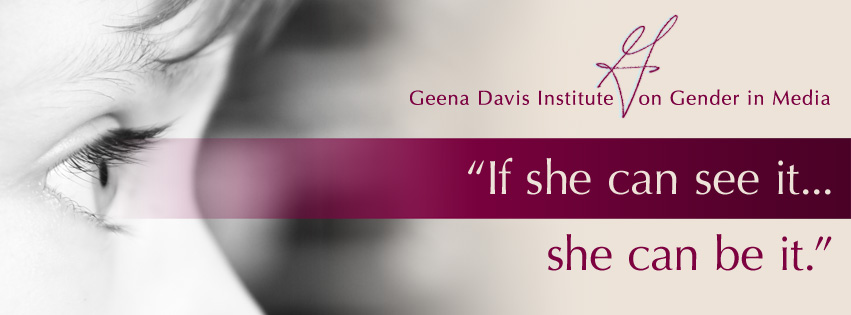 ender in Media is the only research based non-profit working with the entertainment and media community to improve gender diversity in children’s media including more positive role models, equality of opportunity and diverse representation on screen.
ender in Media is the only research based non-profit working with the entertainment and media community to improve gender diversity in children’s media including more positive role models, equality of opportunity and diverse representation on screen.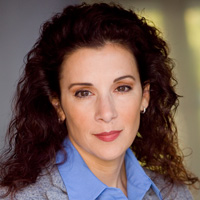 Led by Madeline Di Nonno, CEO, Geena Davis Institute on Gender in Media, the panelists included: Gabrielle Carteris, President, SAG-AFTRA; Swin Cash, Athlete/Sports Analyst; Megan Boone, Actor; Alysia Reiner, Actor and Activist; Maggie Siff – Actor and Producer. The women first spoke of choice and pivotal moments in their careers and in life, then about having a voice and power. Here are some highlights and take aways reported by each of the women.
Led by Madeline Di Nonno, CEO, Geena Davis Institute on Gender in Media, the panelists included: Gabrielle Carteris, President, SAG-AFTRA; Swin Cash, Athlete/Sports Analyst; Megan Boone, Actor; Alysia Reiner, Actor and Activist; Maggie Siff – Actor and Producer. The women first spoke of choice and pivotal moments in their careers and in life, then about having a voice and power. Here are some highlights and take aways reported by each of the women. Gabrielle Carteris, widely known for her role as Andrea, a studious newspaper editor in Beverly Hills, 90210 says that role was a transformational opportunity that changed her life. It gave her great courage. She still receives comments about this role, which had an incredible impact on her life and reflected society. As the president of Sag-AFTRA, she never imagined herself in this position, yet felt prepared having worked with Ken Howard, the prior President. She believes being of service is the highest calling and also believes in paying it forward and using power for the good. This was a pivotal moment for her – exciting and frightening at the same time.
Gabrielle Carteris, widely known for her role as Andrea, a studious newspaper editor in Beverly Hills, 90210 says that role was a transformational opportunity that changed her life. It gave her great courage. She still receives comments about this role, which had an incredible impact on her life and reflected society. As the president of Sag-AFTRA, she never imagined herself in this position, yet felt prepared having worked with Ken Howard, the prior President. She believes being of service is the highest calling and also believes in paying it forward and using power for the good. This was a pivotal moment for her – exciting and frightening at the same time. Swin Cash got recognition from playing basketball and, in the eighth grade got a modeling opportunity. She focused on academics, majored in drama and theater and continued to play in sports. She was the first girl and first African American to be in the WNBA when it was started twenty plus years ago. She reached out to Robin Roberts as a mentor, when Robin was at ESPN, to help her make choices with her career. Currently she is the female lead on We Need to Talk a CBS Sports Network first-ever, nationally televised all female, weekly sports show. She rose from humble beginnings, inspired by her grandmother who owned her own home and encouraged her to create wealth. Service is an important part of her life as founder of both Swin Cash Enterprises LLC and Cash Building Blocks, LP, an urban development company that renovates and offers affordable homes for low-income families. An Olympic medal winner in 2004, she feels her service to help women and underprivileged kids is essential.
Swin Cash got recognition from playing basketball and, in the eighth grade got a modeling opportunity. She focused on academics, majored in drama and theater and continued to play in sports. She was the first girl and first African American to be in the WNBA when it was started twenty plus years ago. She reached out to Robin Roberts as a mentor, when Robin was at ESPN, to help her make choices with her career. Currently she is the female lead on We Need to Talk a CBS Sports Network first-ever, nationally televised all female, weekly sports show. She rose from humble beginnings, inspired by her grandmother who owned her own home and encouraged her to create wealth. Service is an important part of her life as founder of both Swin Cash Enterprises LLC and Cash Building Blocks, LP, an urban development company that renovates and offers affordable homes for low-income families. An Olympic medal winner in 2004, she feels her service to help women and underprivileged kids is essential.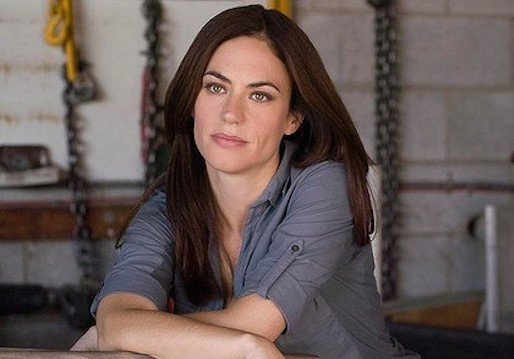 Maggie Siff, grew up in an acting, academic and artistic family, went to Bronx High School of Science and then to Bryn Mawr College. She got her MFA at NYU and started her career in theater. Her first big break, in her 30s, was the role of Rachel on Madmen, never imagining a role in film and television. She didn’t think she belonged there. She auditioned many times for this iconic role, which she thought read like an amazing film script or play. In its 1958 setting, Rachel was an unusual character for that time, as the female head of a department store. She connected to this character, claiming it was very familiar. The other point she made is that the writer’s room on this program had more female and diverse writers which made a great difference in character portrayal. Currently, she plays a powerful in-house performance coach and therapist to the head of a hedge fund company on Billionaire. She claims women appreciate her in this professional role, committed to both her job and family. She uses Tony Robbins as her inspiration to step into her “biggest self.”
Maggie Siff, grew up in an acting, academic and artistic family, went to Bronx High School of Science and then to Bryn Mawr College. She got her MFA at NYU and started her career in theater. Her first big break, in her 30s, was the role of Rachel on Madmen, never imagining a role in film and television. She didn’t think she belonged there. She auditioned many times for this iconic role, which she thought read like an amazing film script or play. In its 1958 setting, Rachel was an unusual character for that time, as the female head of a department store. She connected to this character, claiming it was very familiar. The other point she made is that the writer’s room on this program had more female and diverse writers which made a great difference in character portrayal. Currently, she plays a powerful in-house performance coach and therapist to the head of a hedge fund company on Billionaire. She claims women appreciate her in this professional role, committed to both her job and family. She uses Tony Robbins as her inspiration to step into her “biggest self.” Alysia Reiner struggled in her 20s and 30s with her acting career and wondered if she should stay or go. It took a long time to get a part and her advice is to live your life and find your joy, while you are in that struggle. Early on, she did a one-woman show portraying Virginia Woolf at the Edenborough Festival. She went through a period of grief and loss when her father died of cancer in ten days and was inspired to do a grief counseling film as a way of coping. As an activist, she believes in art as science and has a deep respect for all women in all fields that create change and make a difference. She loves working on an all women crew for the freedom it provides. Orange is the New Black, the show she currently works on, has a 90% male crew, which gives it quite a different feel. She is a strong advocate to be in service, and works for the women’s prison association in Tulsa, Oklahoma to aid incarcerated women.
Alysia Reiner struggled in her 20s and 30s with her acting career and wondered if she should stay or go. It took a long time to get a part and her advice is to live your life and find your joy, while you are in that struggle. Early on, she did a one-woman show portraying Virginia Woolf at the Edenborough Festival. She went through a period of grief and loss when her father died of cancer in ten days and was inspired to do a grief counseling film as a way of coping. As an activist, she believes in art as science and has a deep respect for all women in all fields that create change and make a difference. She loves working on an all women crew for the freedom it provides. Orange is the New Black, the show she currently works on, has a 90% male crew, which gives it quite a different feel. She is a strong advocate to be in service, and works for the women’s prison association in Tulsa, Oklahoma to aid incarcerated women. nel stressed the importance of service in these most difficult times we live in and how we need to continue the fight for gender, race and the natural world.
nel stressed the importance of service in these most difficult times we live in and how we need to continue the fight for gender, race and the natural world.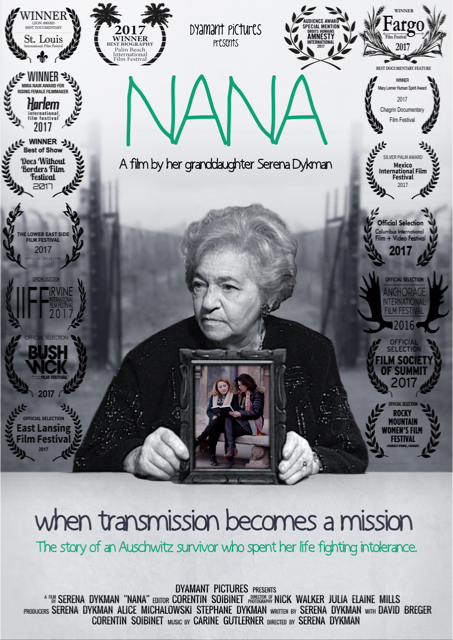 Nana, Reviewed by Terry Solowey
Nana, Reviewed by Terry Solowey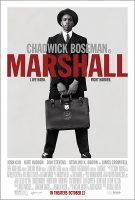 Young Thurgood Marshall faces one of his greatest challenges while working as a lawyer for the NAACP. Marshall travels to conservative Connecticut when wealthy socialite Eleanor Strubing accuses black chauffeur Joseph Spell of sexual assault and attempted murder. He soon teams up with Sam Friedman, a local Jewish lawyer who’s never handled a criminal case. Together, the two men build a defense while contending with racist and anti-Semitic views from those who deem Spell to be guilty. KIDS FIRST! Reviewer Juanita L. comments, “For me, this film brought back my experience as a young person who lived in Virginia and experienced the separate but equal in my education.” See her full review below.
Young Thurgood Marshall faces one of his greatest challenges while working as a lawyer for the NAACP. Marshall travels to conservative Connecticut when wealthy socialite Eleanor Strubing accuses black chauffeur Joseph Spell of sexual assault and attempted murder. He soon teams up with Sam Friedman, a local Jewish lawyer who’s never handled a criminal case. Together, the two men build a defense while contending with racist and anti-Semitic views from those who deem Spell to be guilty. KIDS FIRST! Reviewer Juanita L. comments, “For me, this film brought back my experience as a young person who lived in Virginia and experienced the separate but equal in my education.” See her full review below.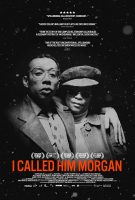 An exploration of the relationship between jazz trumpeter Lee Morgan and his common-law wife Helen, who was implicated in his murder in 1972. KIDS FIRST! Juror, Terry S. comments, “This haunting documentary about the life of a great jazz trumpeter Lee Morgan and his wife Helen is one I will not soon forget. ” See her full review below.
An exploration of the relationship between jazz trumpeter Lee Morgan and his common-law wife Helen, who was implicated in his murder in 1972. KIDS FIRST! Juror, Terry S. comments, “This haunting documentary about the life of a great jazz trumpeter Lee Morgan and his wife Helen is one I will not soon forget. ” See her full review below.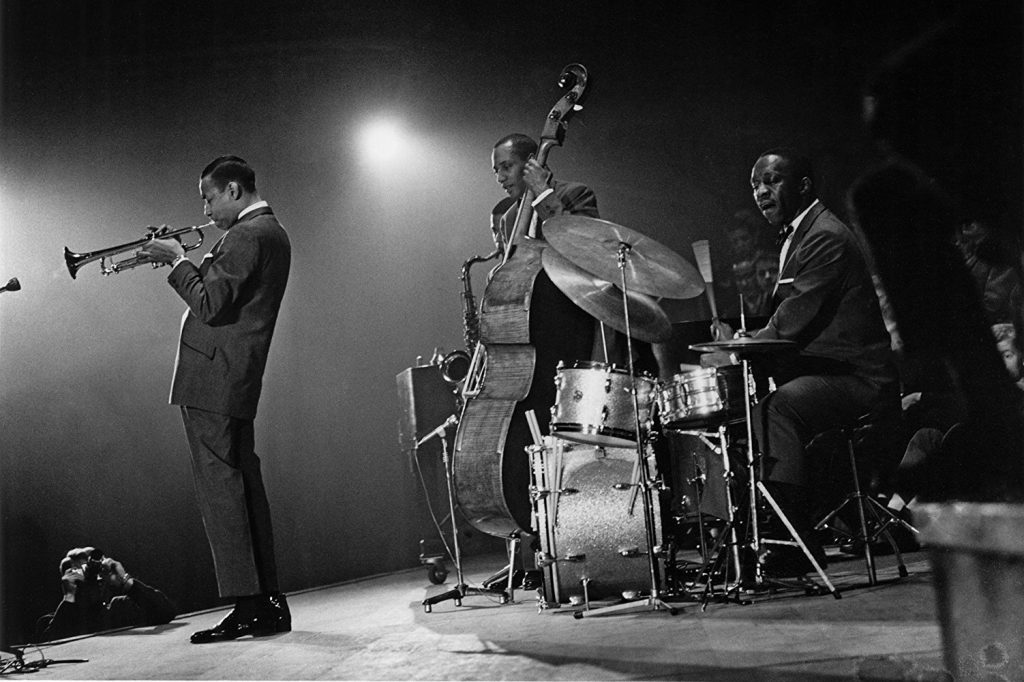
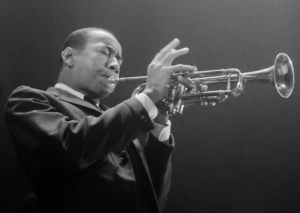 Lee had years of success playing not only clubs in the East but also on the West Coast. Some of my favorite parts of the documentary include footage on a TV show called “Soul”, where he dedicates a piece to the activist Angela Davis entitled “Angela”, and another TV show hosted by Steve Allen, a talk show host popular at the time. The other favorite part was with the jazz mobile workshop where he worked with young people on musical arrangements and gave them a chance to play and learn from him.
Lee had years of success playing not only clubs in the East but also on the West Coast. Some of my favorite parts of the documentary include footage on a TV show called “Soul”, where he dedicates a piece to the activist Angela Davis entitled “Angela”, and another TV show hosted by Steve Allen, a talk show host popular at the time. The other favorite part was with the jazz mobile workshop where he worked with young people on musical arrangements and gave them a chance to play and learn from him. 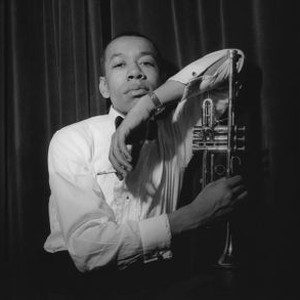
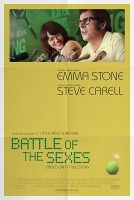 In the wake of the sexual revolution and the rise of the women’s movement, the 1973 tennis match between women’s world champion
In the wake of the sexual revolution and the rise of the women’s movement, the 1973 tennis match between women’s world champion  I enjoyed watching the drama/biography Rebel in the Rye, directed by Danny Small which examines the life of J.D. Salinger, best known for his novel, Catcher in the Rye. This book was very controversial when it first came out and, although I didn’t read it at the time, this film has inspired me to do so. More on that is yet to come!
I enjoyed watching the drama/biography Rebel in the Rye, directed by Danny Small which examines the life of J.D. Salinger, best known for his novel, Catcher in the Rye. This book was very controversial when it first came out and, although I didn’t read it at the time, this film has inspired me to do so. More on that is yet to come! Babies, Puppies, Children, Humor, and Villains all have one thing in common – they all make a terrific film! The animation is colorful and has lots of details. The storyline is cute, silly, original and fun for the whole family.
Babies, Puppies, Children, Humor, and Villains all have one thing in common – they all make a terrific film! The animation is colorful and has lots of details. The storyline is cute, silly, original and fun for the whole family. Camp Cool Kids
Camp Cool Kids
